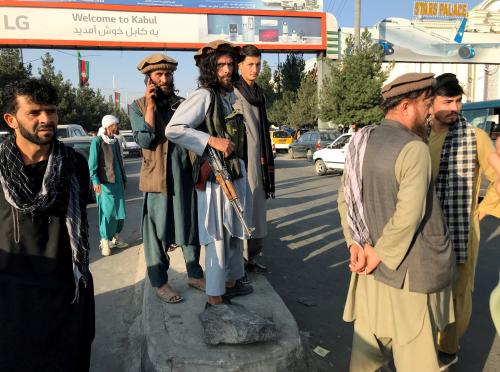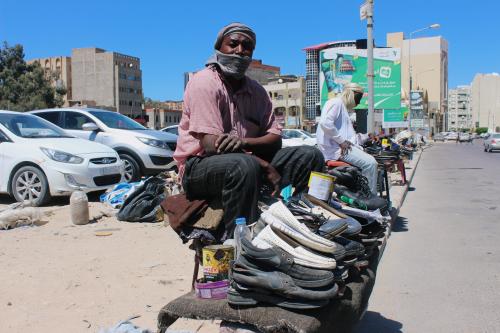The Security Council’s July 31 resolution on Darfur is the strongest so far. To begin with, it was unanimously adopted, which sharply contrasts with earlier resolutions, whose authority was undercut by the abstentions of China, Russia or members of the Arab League. Second, it promises nearly to quadruple the number of troops and police on the ground from the current 7,000 African Union (AU) forces, which proved insufficient to Darfur’s size, to 26,000 AU/United Nations forces. Third, it gives the troops a stronger mandate, authorizing them under Chapter 7 of the UN Charter to take the “necessary action” to prevent armed attacks, ensure the security of humanitarian workers and protect civilians, both of whom have been under ongoing attack. At the same time, the resolution emphasizes the importance of a political process, endorsing Sudanese government-rebel talks under UN/AU auspices and rightly affirming that “there can be no military solution” to the Darfur conflict. Fifth, the resolution expresses “strong concern” about the ongoing attacks on humanitarian workers and calls for their full, safe and unhindered access to populations in need, in particular internally displaced persons (IDPs) and refugees. And it looks forward to the reconstruction and development of Darfur, including the return of IDPs, compensation programs, and security in return areas. Finally, the resolution is noteworthy in not explicitly inviting Sudan’s consent as did last summer’s Resolution 1706, which enabled Sudan then to refuse the deployment of a Chapter 7 UN force.
This said, Resolution 1769 also has its shortcomings. The major one is its time frame. It is not until October that the new hybrid AU/UN force – UNAMID – is to set up initial command and control structures, not until the end of the year that UNAMID will take over from the AU force, and not until some unspecified time “thereafter” that full operational capability and force strength will be achieved. Indeed, it could take more than a year for 26,000 troops and police to be on the ground, in the meantime leaving beleaguered civilians unprotected. The security situation has so deteriorated in Darfur that UN officials have expressed fear that the world’s largest humanitarian operation could collapse. From January to May 2007, more than 60 humanitarian vehicles were hijacked, 56 staff abducted (and released), 31 aid convoys ambushed and looted, and 13 relief organizations forced to relocate due to attacks. Over the past six months, civilians have come under renewed assaults by Sudan’s air force, by Janjaweed militias, by rebel forces fighting amongst themselves as well as by bandits and inter-Arab tribal fighting. In fact, most of the gains made in 2005-06 in reaching civilians with humanitarian aid and providing a modicum of protection have been sharply reversed by the overwhelming violence, which has also spread into neighboring Chad and the Central African Republic.


